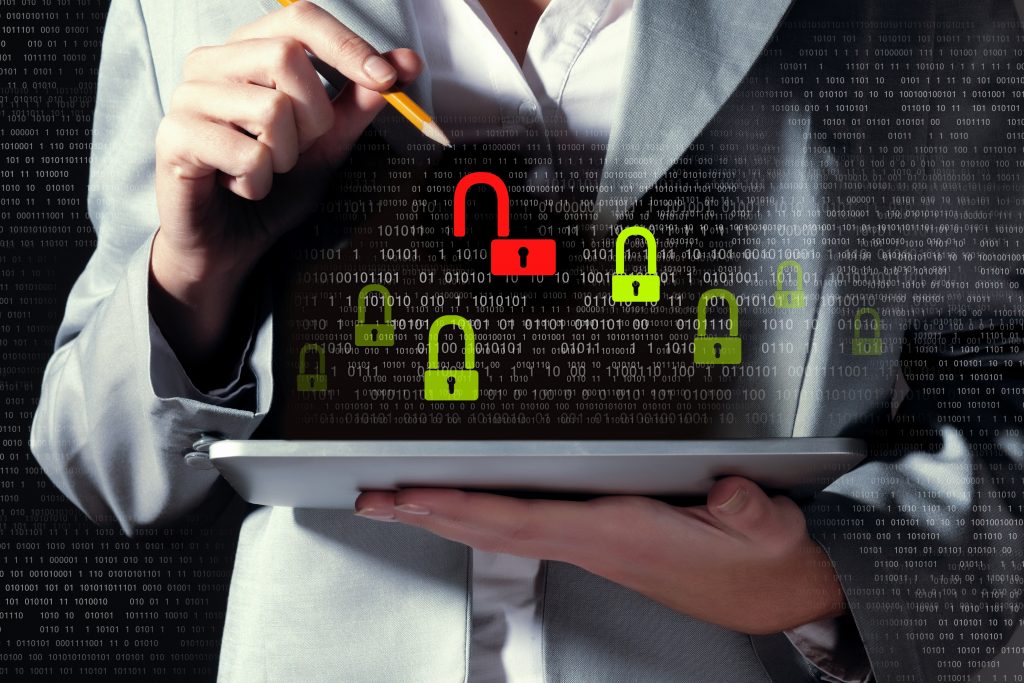Simply put, passwords are a pain!
Passwords keep becoming a bigger issue for people. We need one for every online account and, preferably, a different one for each account. Because of security risks, some sites such as banks are even requiring you to change them every month.
How do you keep them all straight? Well, there are some good solutions to the problem.
Password apps
The most obvious solution for a lot of passwords is simply using a password app that you can install onto your smartphone as well as your desktop computer. A few programs that I have used are Password Safe and KeePass 2. Both of these programs are easy to use, allowing you to store passwords in multiple groups or categories and can even be shared with a spouse or business partner.
However, a password app is not the focus of this article. We want to be able to create a more secure password that is still easy to remember. So let’s get started.
Passwords to not use
First a few things not to do. Never use the default username or password on anything! Never use the obvious such as: admin, password, xyz123 or your name with a simple number such as robert45 or your name with your street address or other number that is published. You shouldn’t even use complete words such as bearsfan or fishing88. All of these can be hacked with software. Good software can run through millions of possibilities in mere seconds.
Solutions
You will want to remember a few standard rules. Using between 9 and 12 characters for a password may be required on certain sites. Using both upper and lowercase letters as well as a number and a special character will create the most secure password.
One of the easiest ways to create a strong password that you can remember is to use the first letters of a phrase. Example: “my sister Emily loves to bake cupcakes” which becomes msEltbc in a password. Proper nouns are a great way to insert a capital letter, but we need some numbers and symbols as well.
Another fairly common technique that is employed is to use misspellings or look alikes such as using a number 1 for a lowercase L, a 9 for a g, a 5 for an S etc.
So, let’s make things a bit more complicated, yet easy to remember. Mom and Dad were married on February 8 78 which becomes: MaDwmoF878. Another technique is to use a phrase from your favorite movie or song and the year it was released using a symbol before the number, wake up little Suzy 1958 equals wulS#58. A Bible verse will also work quite well: for God so loved the world. John 3:16 could be, fGsltw#316 or fGsltwJ3:16.
A different password for every site
Ideally, you should use a different password for every website that you use in case one gets hacked and all your passwords become compromised. A simple solution to that is to take your core password and incorporate certain letters from the name of the website or software for which you are creating a password. For our example, we’ll use the Babe hit #714 in 1935 and the website is www.google.com and we’ve decided to use the first 2 letters and the last 2 letters of the site at the end of the password. So the password for our google account would be tBh#714i35gole. The password for www.newyorktimes.com would be tBh#714i35nees, and if they require you to change every month, add the month and year at the beginning or end.
This has been very helpful for my wife and me because we can generally figure out what our login will be since we each have a core password plus certain criteria that makes it feasible to remember even the most difficult passwords.
Enjoy creating your own strategy. Even a fairly simple core will make a much more difficult password than most people are currently using and greatly minimize the chances of getting hacked.

